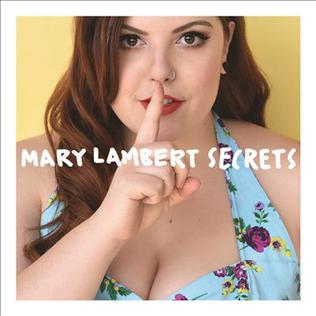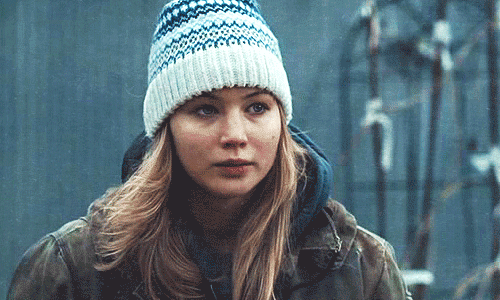Today guys, I thought I'd lend to you some tips and tricks in terms of film making that I've learnt over the years at university. I am highly aware that I have no real authority in film making that I can be telling you the do's and don't's, but I can tell you that I've made a lot of mistakes over the years (
a lot), so I can tell you what I've learned from those mistakes and hopefully save you a bit of pain in the meantime.
 |
| As a canon owner I feel slightly traitorous posting a nikon. |
Firstly, and I cannot emphasise this enough, is that audio trumps video. Your image quality could be amazing, so sharp and crisp and clear and so on and so forth, but if your audio quality sucks, then you're in trouble. Peoples eyes can take a bit more torture than their ears can. If I'm watching a short film and a character opens their mouth to speak and I cannot make out a word their saying, either because it's too quiet or muffled or static-y or whatever, my enthusiasm to continue watching said short film plummets by about 3000% in the space of 0.2 seconds. Same with audio being out of sync with the video, which is an unforgivable sin in my opinion - because it's not enough for me to stop watching whatever it is that I'm watching, but it is enough for me to sit and be irritated beyond belief. Sync your shit!
If you need to choose between camera quality and sound quality, it is sound all the way. I know that most DSLR's have internal microphones, I know mine does, but do not rely on these for all your sound recording needs, an external microphone is definitely something you should get your hands on. This is why I love it when we get assigned a filming exercise which doesn't require particular focus on the sound; like this week was setting a film to a piece of music, so all the audio that has been picked up by my camera will be deleted and it's not something we have to worry about. For filming your audio, I would recommend getting silent noise (I've forgotten the technical term for this, sue me), which is where you film something where nothing is happening so that you have some sound that you can loop for when you don't need any sound in a scene but maybe noise, like people talking or something, has been picked up in the background.
.jpg)















